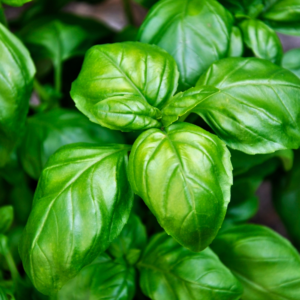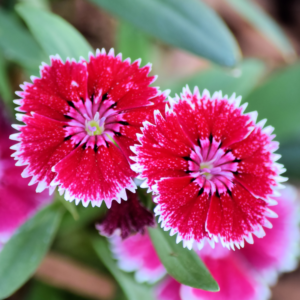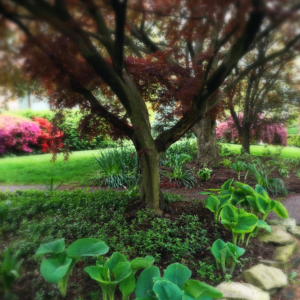Creating a garden that’s both beautiful and resilient can sometimes feel like an impossible task, especially if you live in an area frequented by deer. These graceful creatures can quickly turn a carefully curated garden into their personal buffet. But fear not, dear gardeners! There are plenty of stunning perennials that deer tend to avoid, allowing you to cultivate a flourishing garden sanctuary. Let’s explore 20 such deer-resistant perennials, each bringing its own unique charm to your outdoor space.
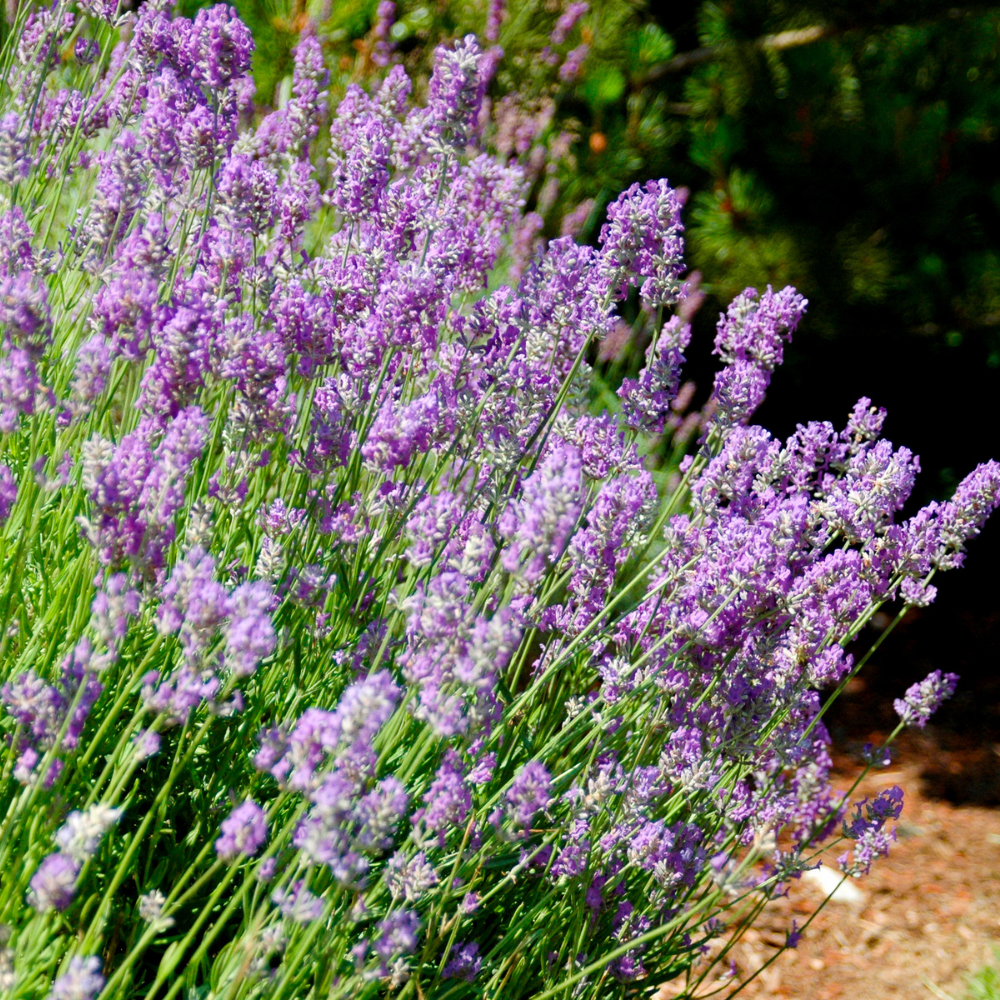
Lavender
Zones: 5-9
Lavender’s fragrant blooms and silvery foliage make it a favorite among gardeners. It thrives in full sun and well-drained soil, attracting bees and butterflies while repelling deer with its strong scent.
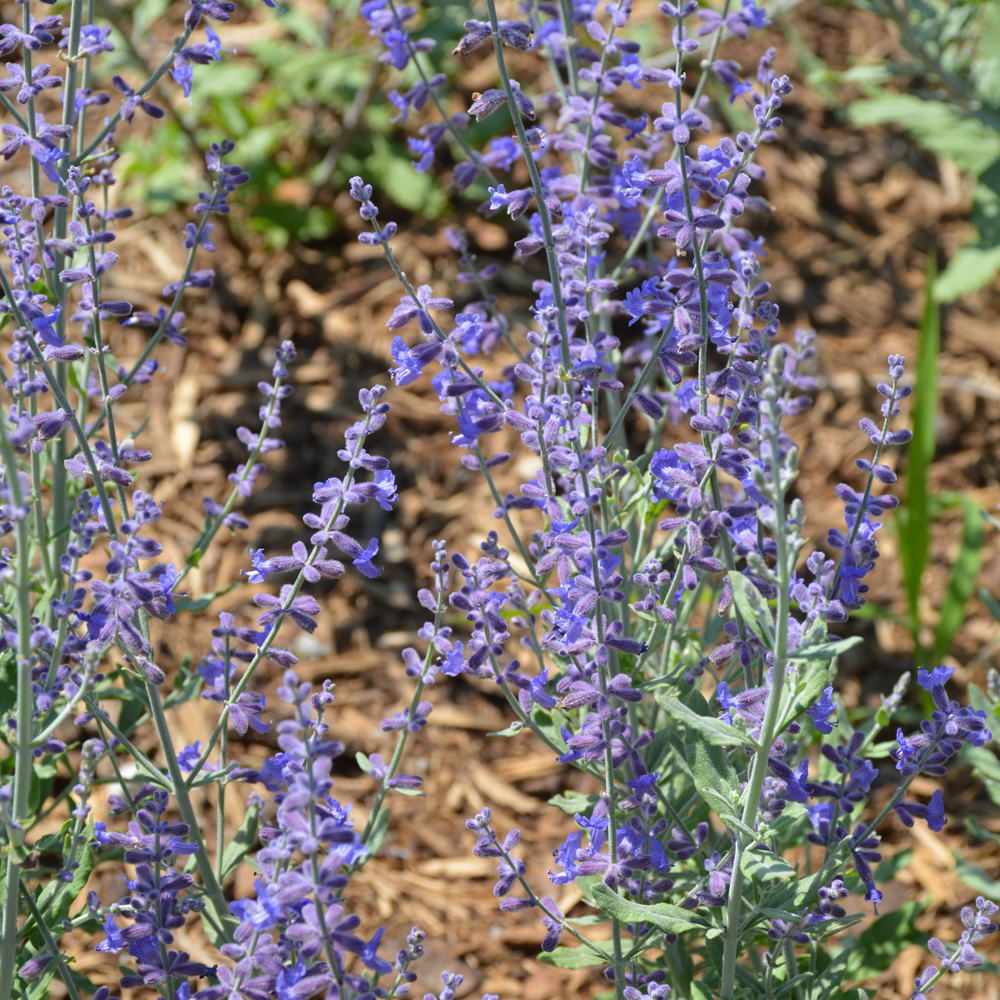
Russian Sage
Zones: 4-9
With its airy spires of blue flowers and aromatic foliage, Russian Sage adds a touch of elegance to any garden. Deer tend to steer clear of its pungent leaves, while bees and hummingbirds flock to its nectar-rich blooms.
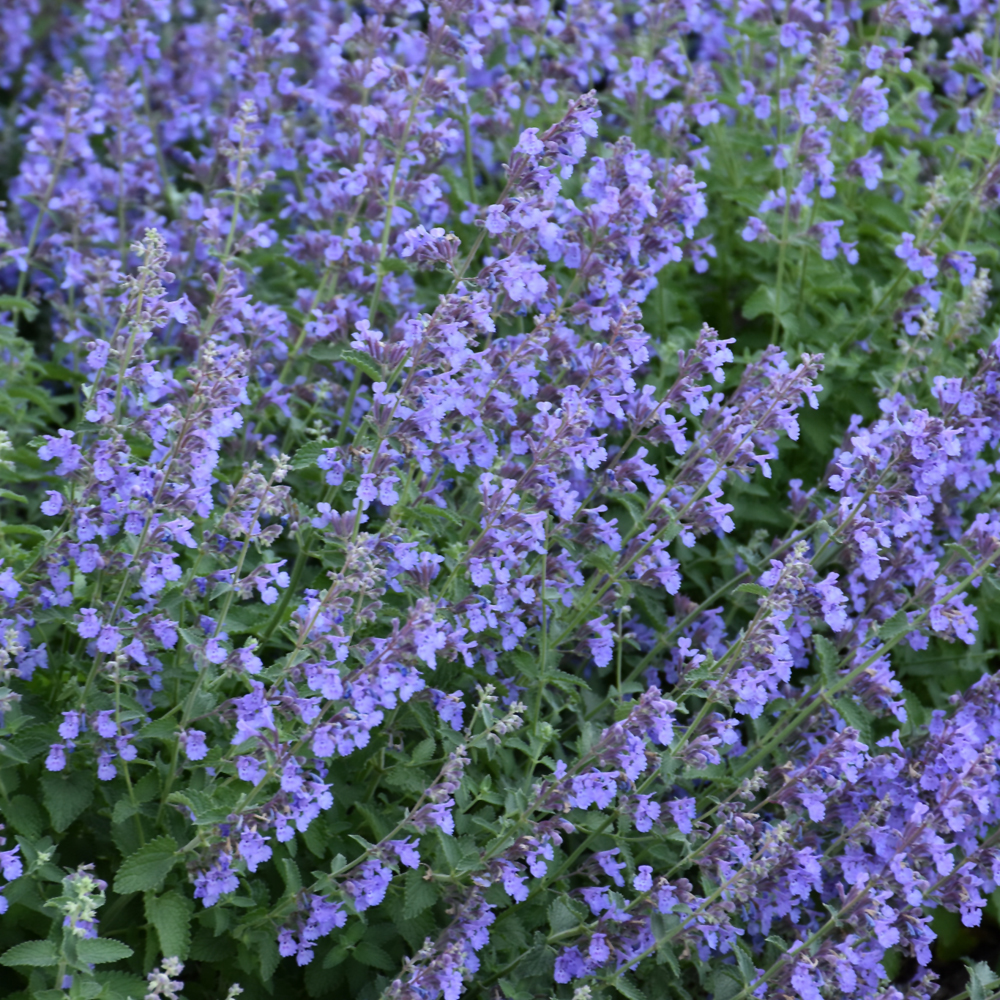
Catmint
Zones: 3-8
Catmint is a low-maintenance perennial that produces clusters of lavender-blue flowers atop gray-green foliage. Its strong scent deters deer, but attracts pollinators like bees and butterflies.
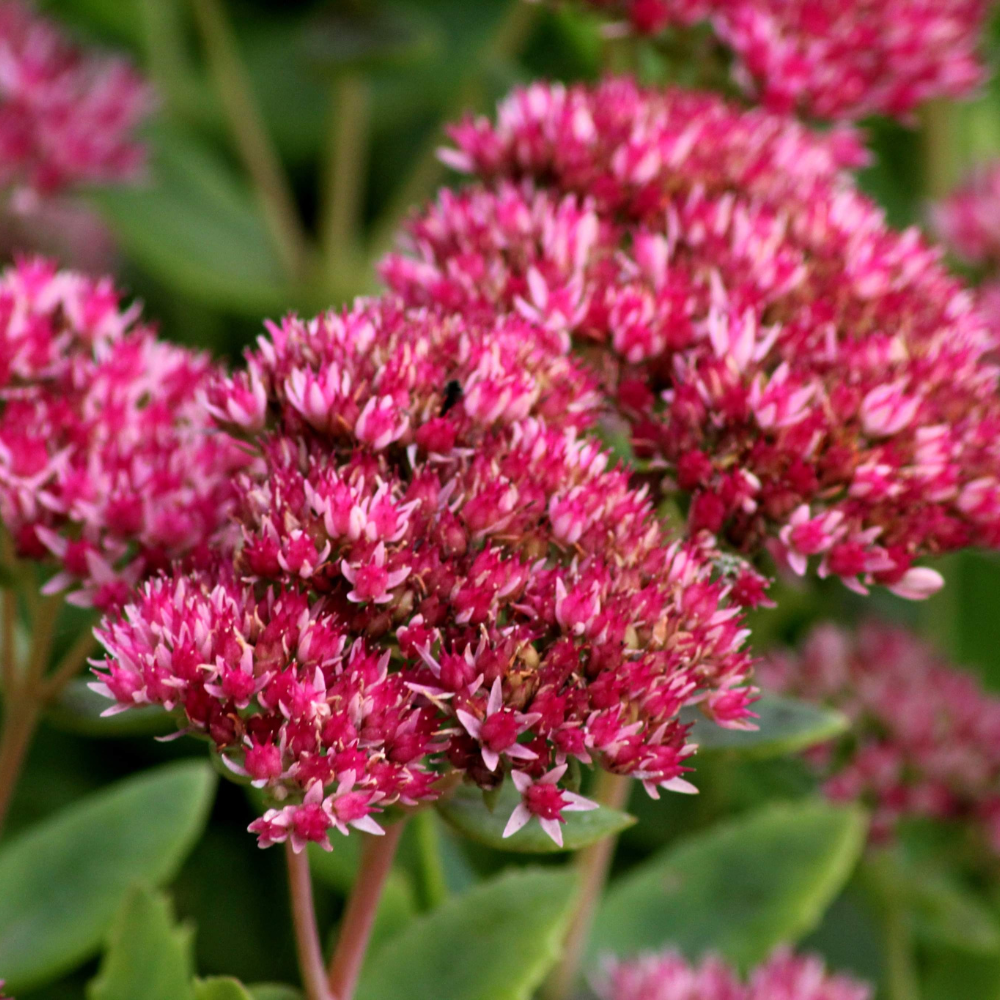
Sedum
Zones: 3-9
Sedums come in a variety of shapes, sizes, and colors, from creeping groundcovers to tall, upright varieties. Their succulent leaves and sturdy stems are unpalatable to deer, making them ideal for sunny, dry areas of the garden.
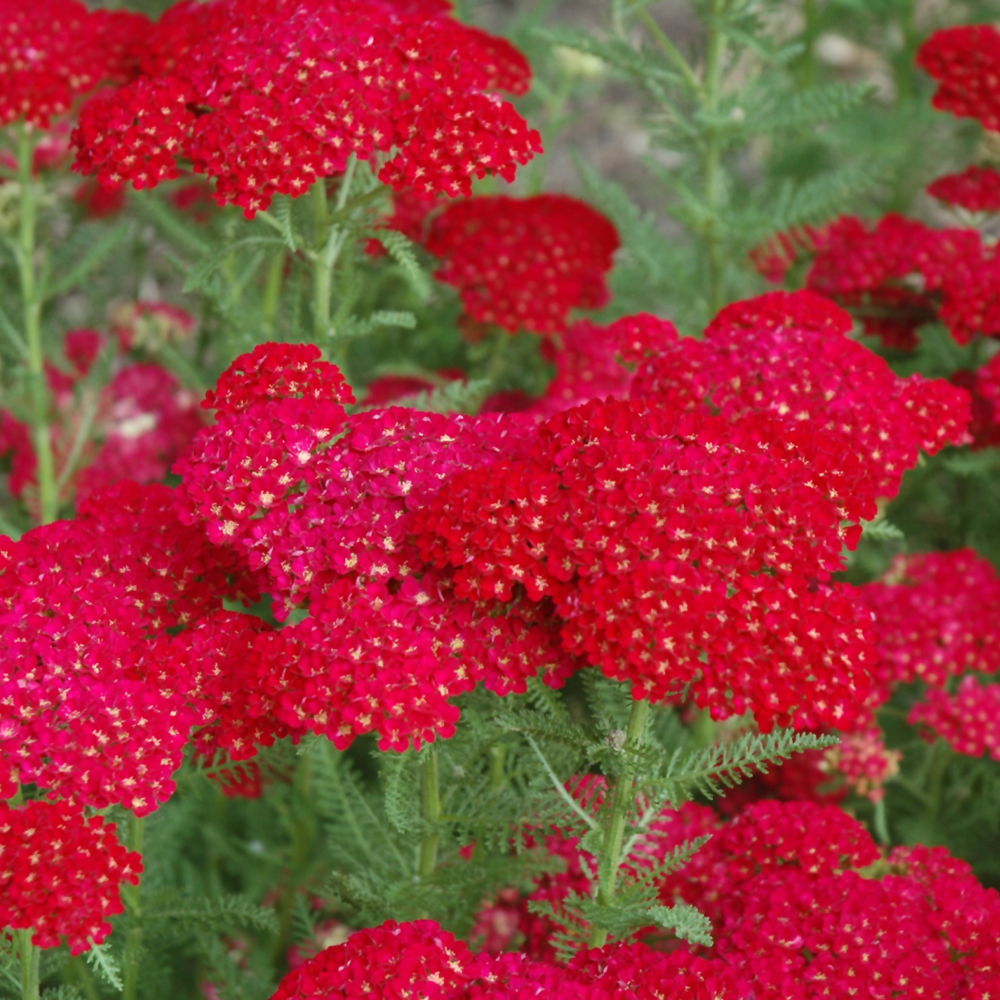
Yarrow
Zones: 3-9
Yarrow’s feathery foliage and flat-topped clusters of flowers come in a range of colors, including yellow, pink, and white. This hardy perennial is deer-resistant and attracts beneficial insects like ladybugs and hoverflies.

Agastache
Zones: 5-9
Also known as hyssop or hummingbird mint, Agastache produces spikes of tubular flowers in shades of purple, pink, or orange. Its aromatic leaves repel deer while attracting pollinators and hummingbirds.

Coreopsis
Zones: 3-9
Coreopsis, or tickseed, is prized for its cheerful, daisy-like flowers that bloom prolifically from spring to fall. Deer tend to avoid its bitter-tasting foliage, while bees and butterflies flock to its nectar-rich blooms.
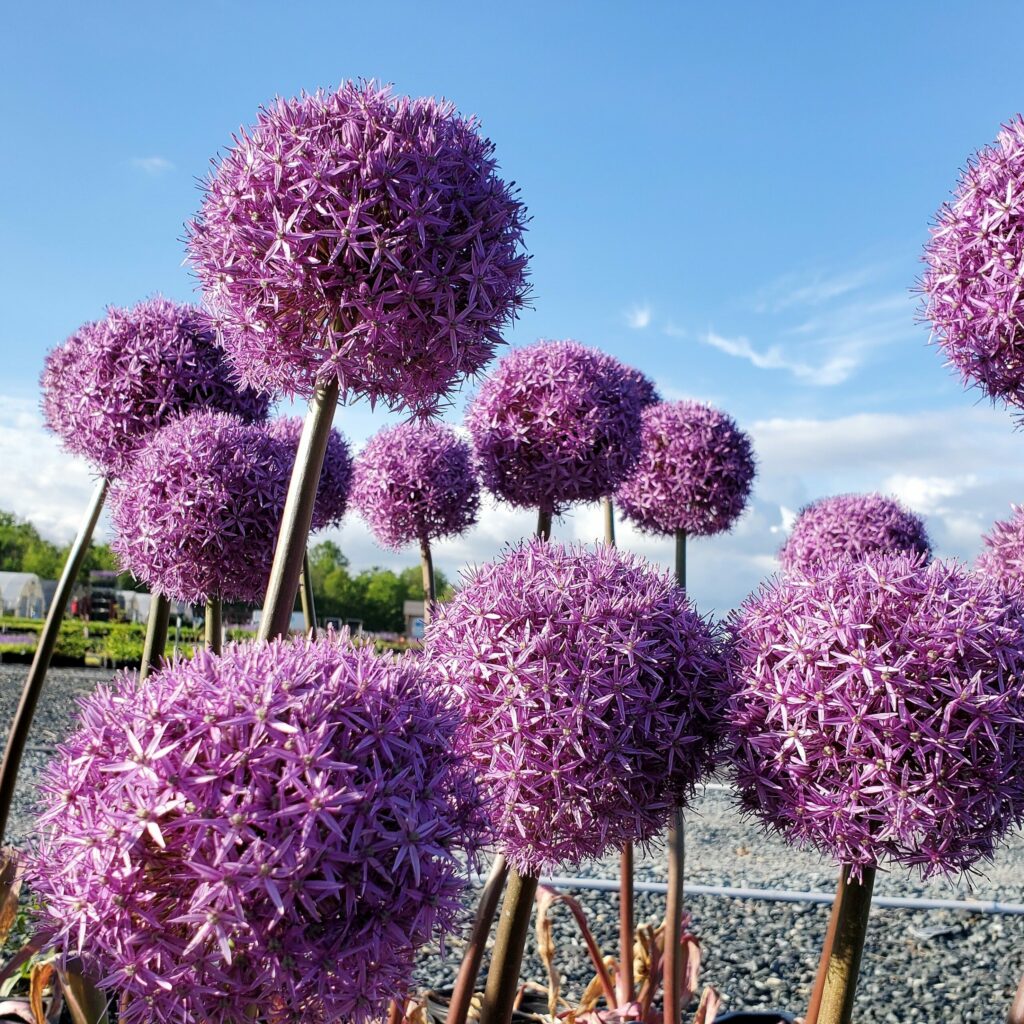
Allium
Zones: 3-9
Alliums, including varieties like ‘Purple Sensation’ and ‘Globemaster,’ add architectural interest to the garden with their globe-shaped flower heads held atop tall stems. Their onion-scented foliage is typically unappealing to deer.
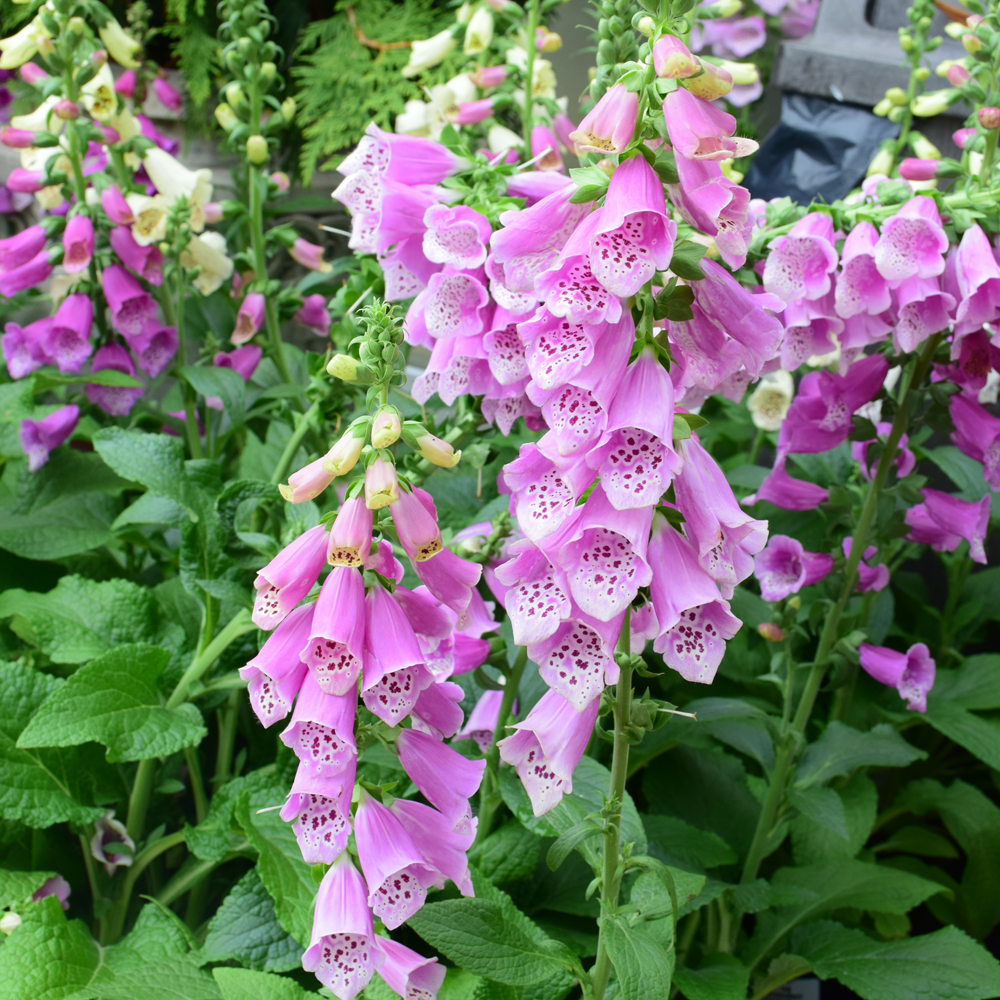
Foxglove
Zones: 4-8
Foxglove’s towering spikes of tubular flowers come in shades of pink, purple, white, and yellow. While all parts of the plant are toxic if ingested, deer tend to avoid it, making it a great choice for shady areas of the garden.
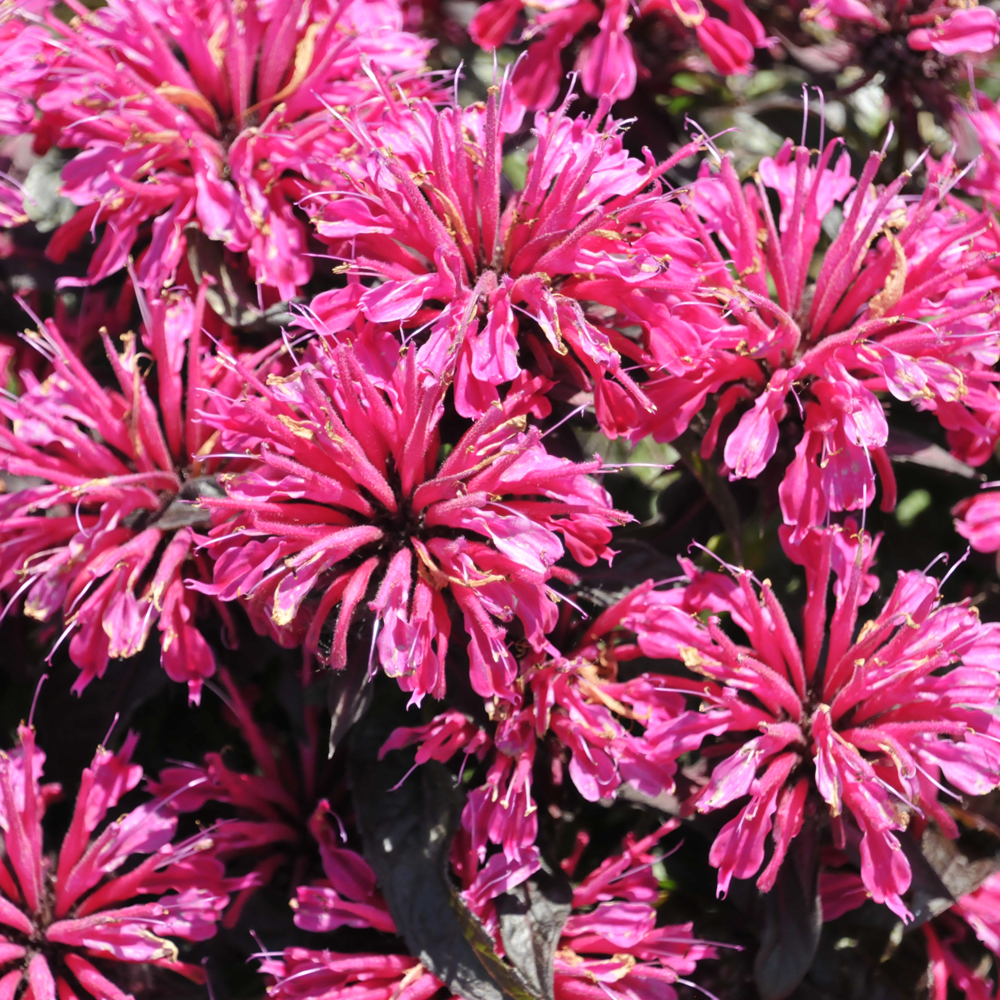
Bee Balm
Zones: 4-9
Bee balm, also known as bergamot, features showy clusters of tubular flowers in shades of red, pink, purple, and white. Its aromatic foliage repels deer while attracting bees, butterflies, and hummingbirds.
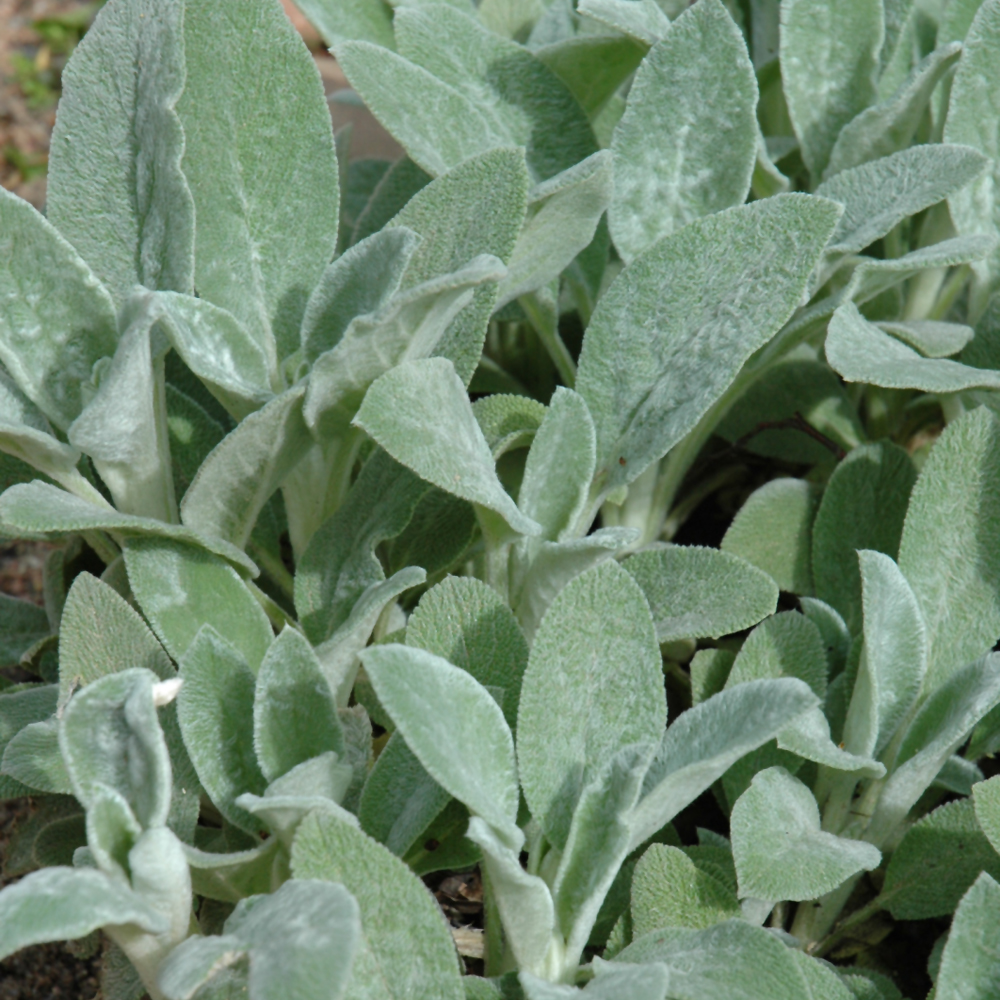
Lamb’s Ear
Zones: 4-8
Lamb’s ear’s velvety, silver-gray foliage adds texture and interest to the garden. While deer typically avoid its fuzzy leaves, it attracts beneficial insects like bees and butterflies.
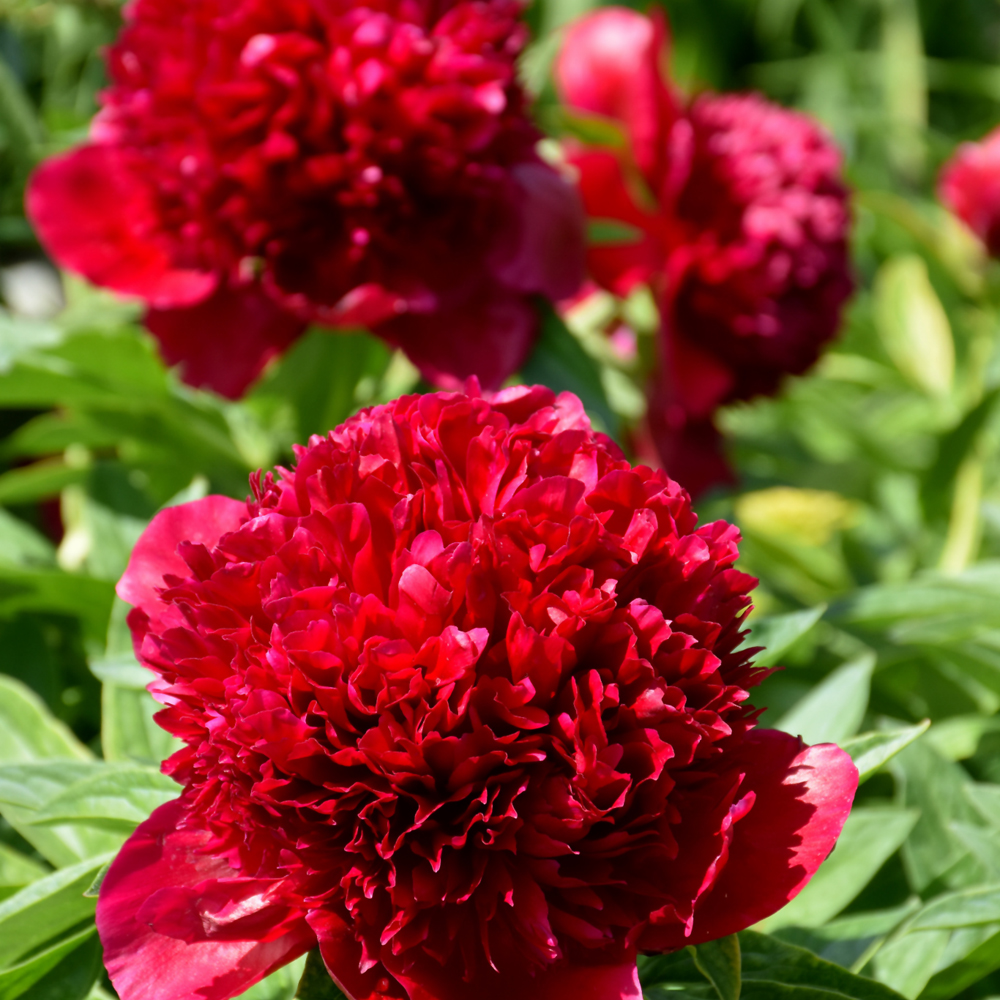
Peony
Zones: 3-8
Peonies are beloved for their large, fragrant flowers that come in a variety of colors, including white, pink, and red. While not completely deer-proof, they are less likely to be browsed by deer compared to other plants.
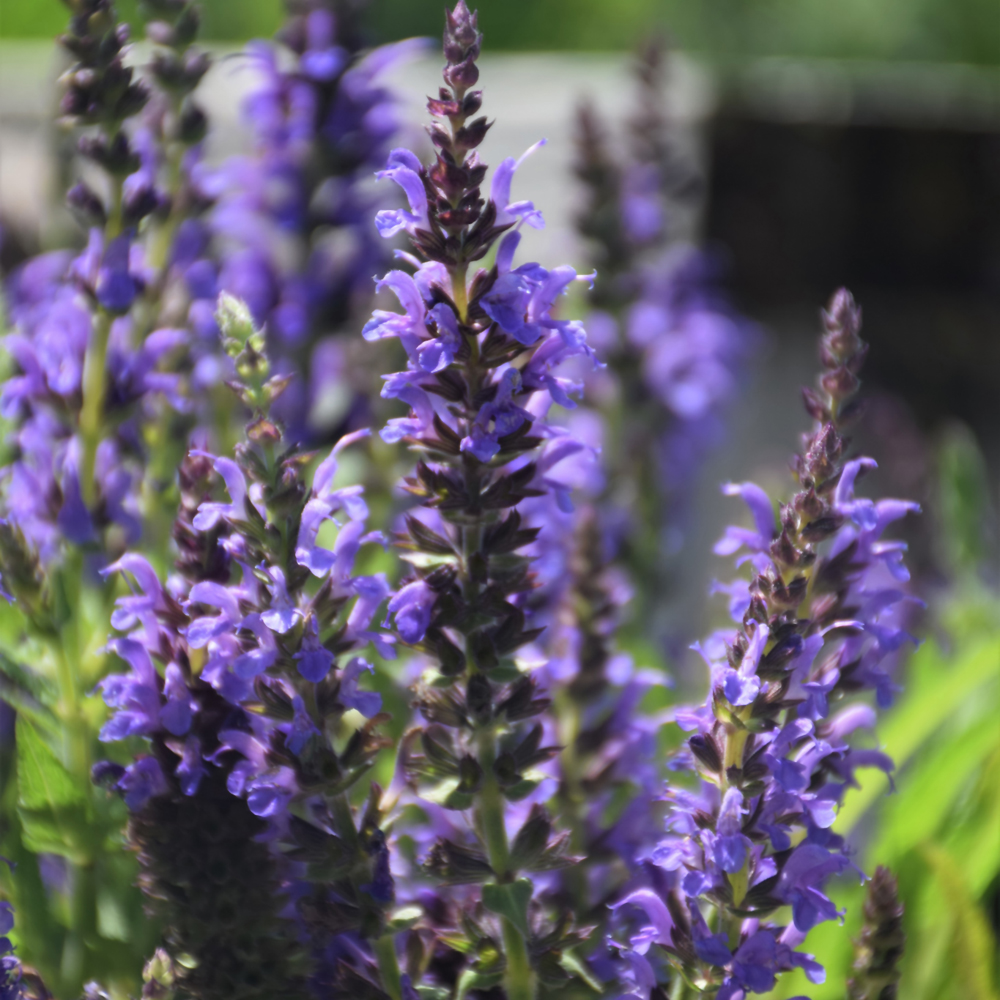
Salvia
Zones: 4-9
Salvias, including varieties like ‘May Night’ and ‘Black & Blue,’ are prized for their vibrant flowers and aromatic foliage. Deer tend to avoid their pungent leaves, while bees and butterflies are drawn to their nectar-rich blooms.
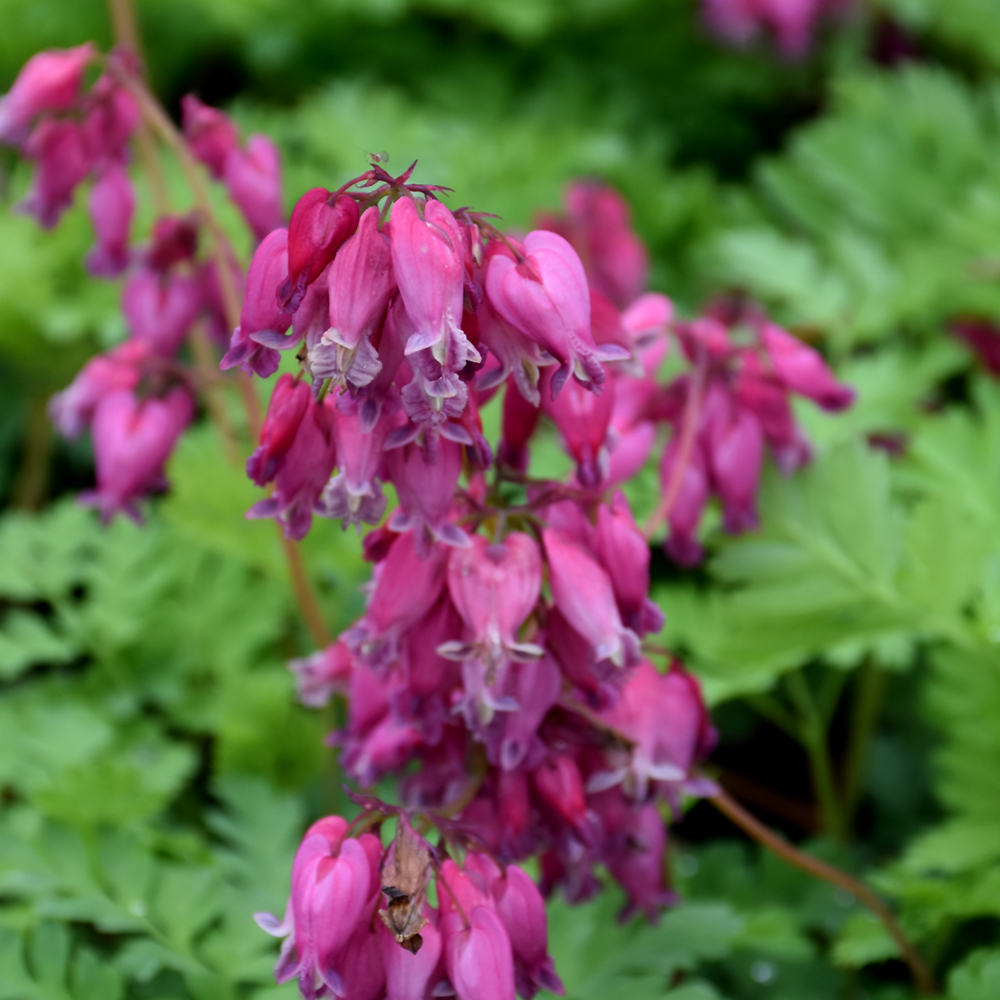
Bleeding Heart
Zones: 3-9
Bleeding hearts produce delicate, heart-shaped flowers in shades of pink and white that dangle gracefully from arching stems. While not completely deer-proof, they are less palatable to deer compared to other perennials.
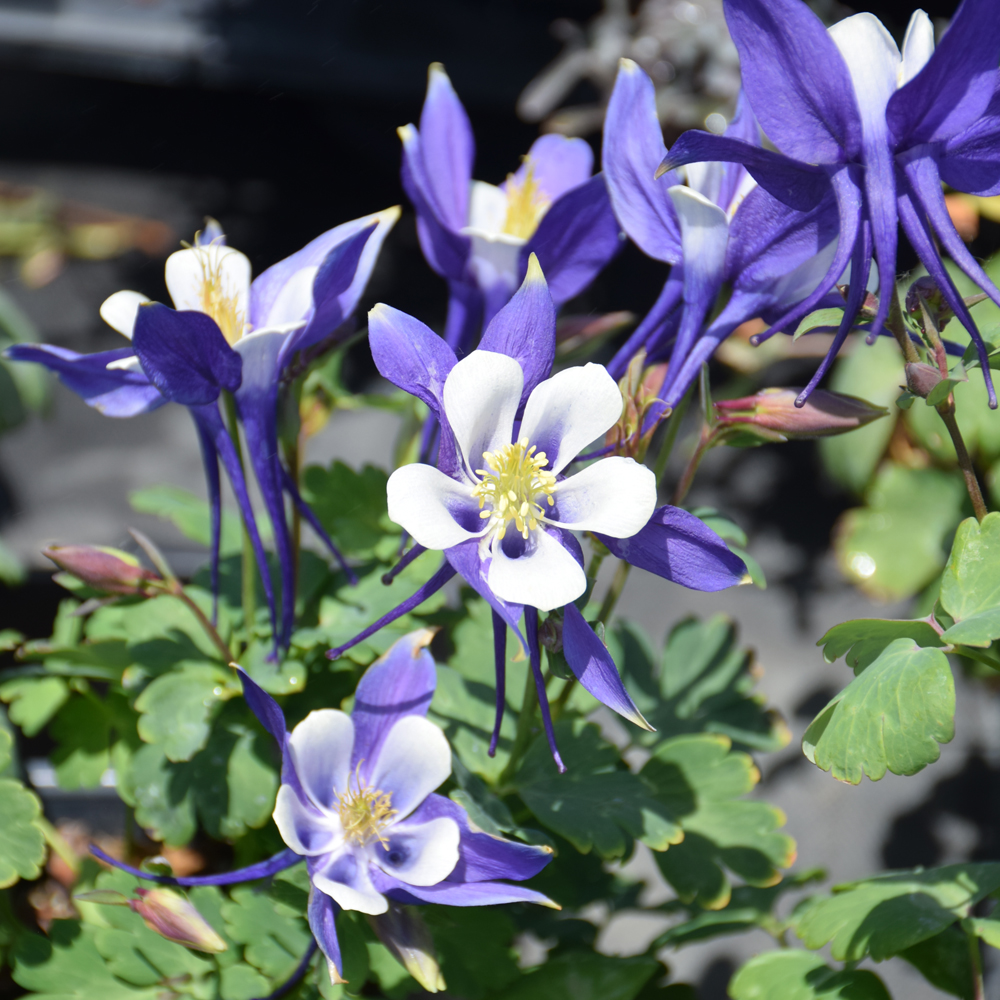
Columbine
Zones: 3-9
Columbines feature intricate, spurred flowers in shades of blue, pink, yellow, and white. While deer may occasionally nibble on their foliage, they are generally avoided due to their bitter taste.
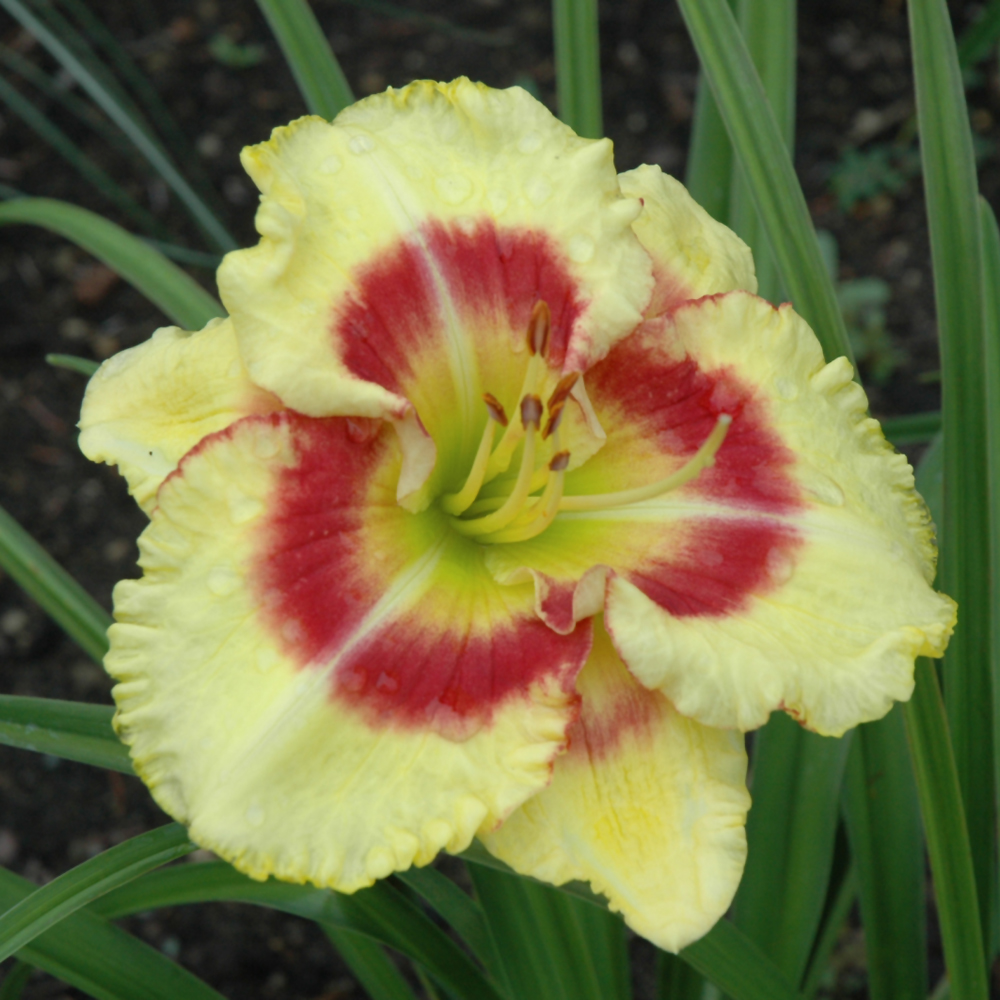
Daylily
Zones: 3-10
Daylilies are prized for their vibrant, trumpet-shaped flowers that come in a wide range of colors and patterns. While not completely deer-proof, they are less susceptible to browsing compared to other garden plants.
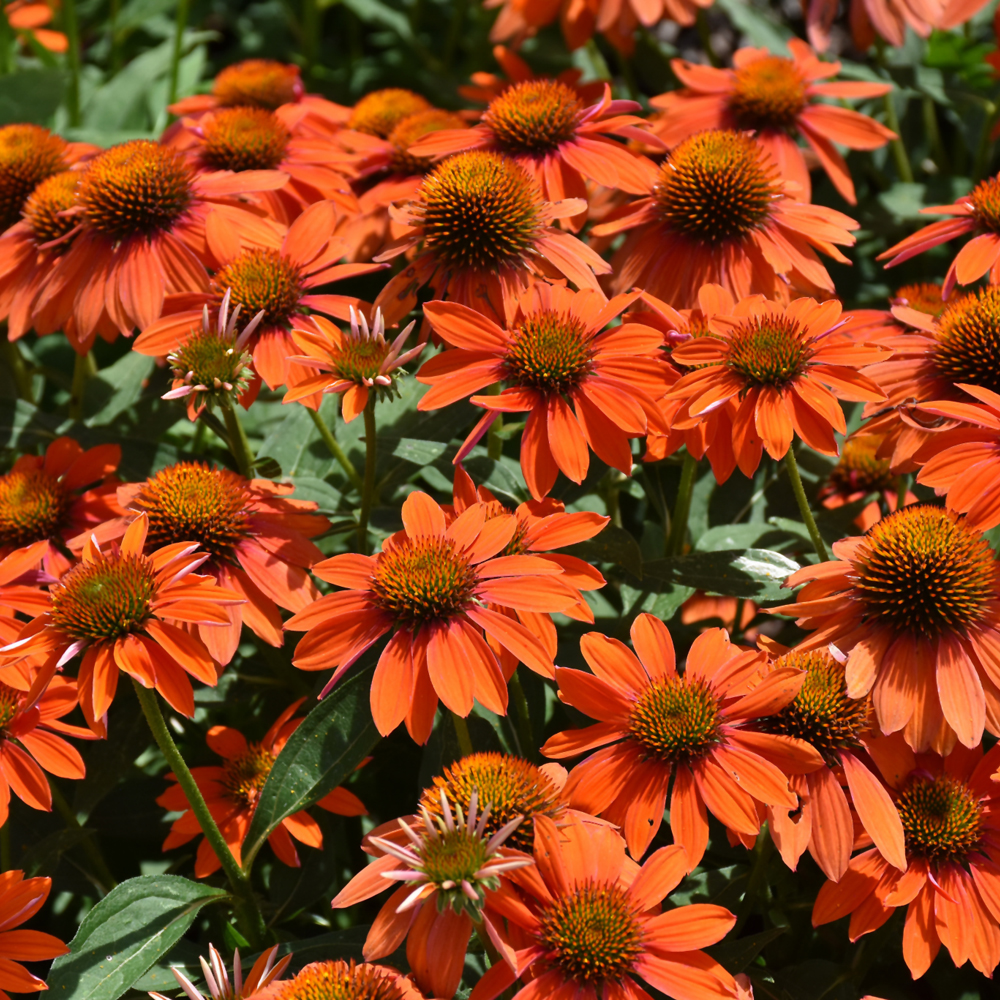
Echinacea
Zones: 3-9
Echinaceas, or coneflowers, produce bold, daisy-like flowers with prominent cones in the center. While deer may occasionally browse on their foliage, they are generally avoided due to their rough texture and bitter taste.

Iris
Zones: 3-9
Irises come in a variety of shapes, sizes, and colors, from delicate dwarfs to towering bearded varieties. While not completely deer-proof, they are less likely to be browsed by deer compared to other garden plants.
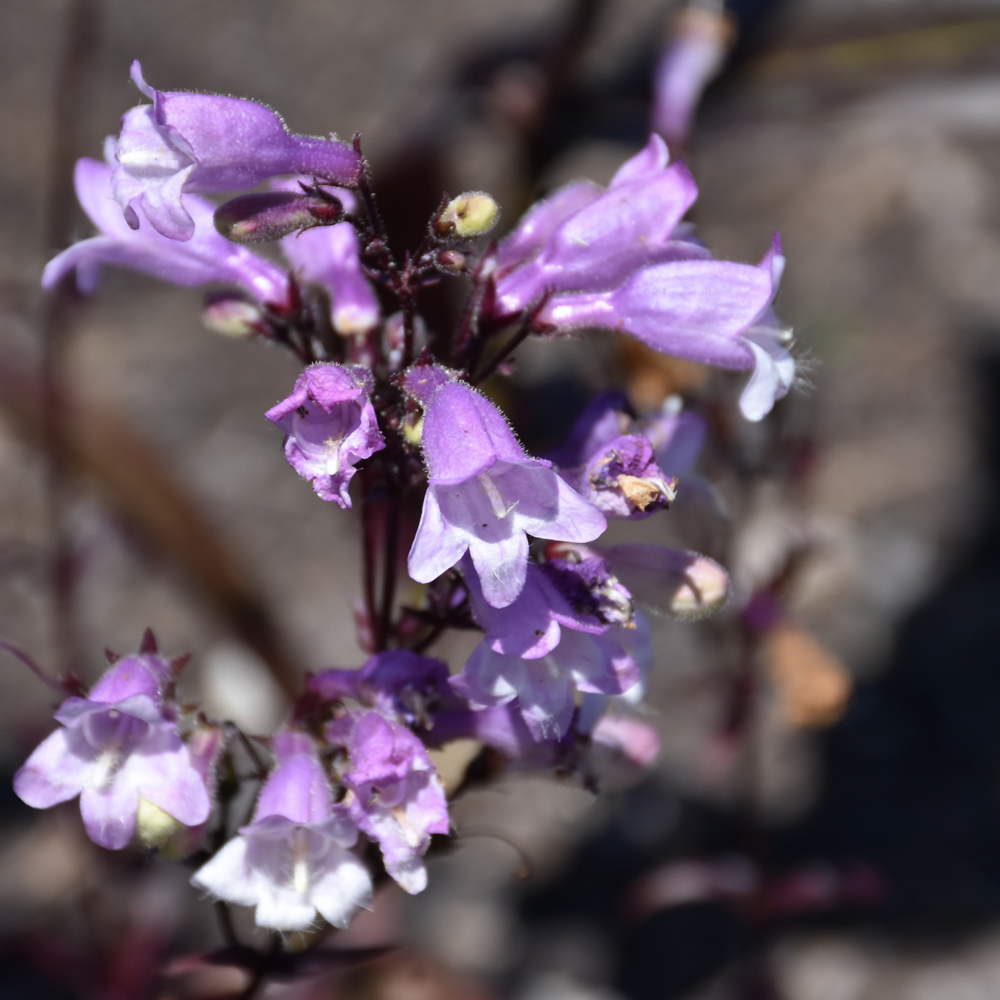
Penstemon
Zones: 3-9
Penstemons, or beardtongues, produce spikes of tubular flowers in shades of blue, pink, red, and purple. While not completely deer-proof, they are less palatable to deer due to their bitter-tasting foliage.
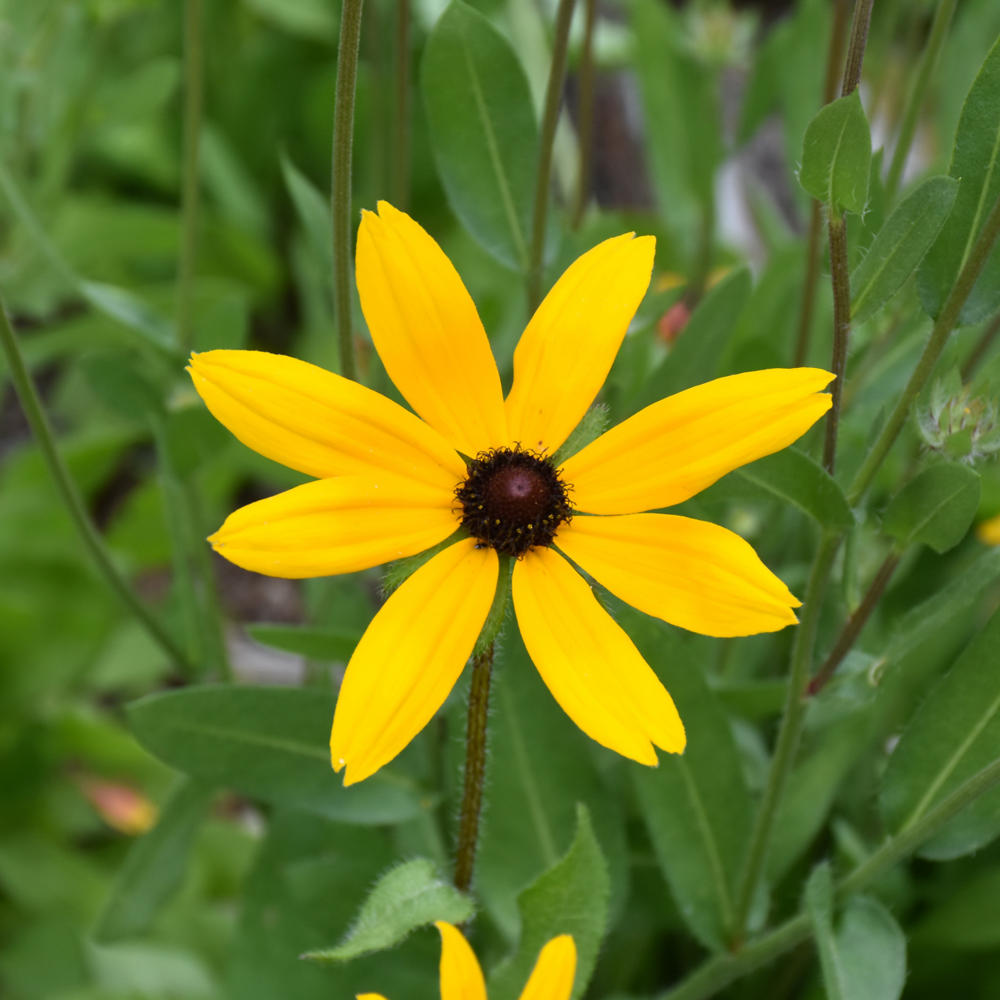
Rudbeckia
Zones: 3-9
Rudbeckias, or black-eyed Susans, are prized for their cheerful, daisy-like flowers with prominent dark centers. While not completely deer-proof, they are less likely to be browsed by deer compared
By incorporating these deer-resistant perennials into your garden, you can enjoy a beautiful landscape without worrying about deer damage. From colorful flowers to fragrant foliage, there’s a wide variety of options to suit every garden style and growing condition. So go ahead, plant with confidence, and watch your garden thrive!
More Recent Posts
Portulaca: The Underrated Jewel of the Garden
Shop Portulaca on ShipMyPlants.com
Unveiling the Charm of Phlox
Pink Garden Phlox
10 Plants That Act as Mosquito Repellent
Basil is a great mosquito repellent plant.
Dianthus Delights: Perennial Pinks Shine
Imagine a garden where vibrant colors and sweet fragrances waft through the air — this is the magic that Dianthus, commonly known as pinks, brings to any outdoor space. Easy to grow and bursting with charm, Pinks varieties are the perfect addition to make your garden pop. Let’s dive into the joyful world of these…
Embrace the Shade: 10 Plants Thriving Under Trees!
Hey there, green thumbs and nature enthusiasts! Are you facing the challenge of gardening in the shade? Fear not! Instead of seeing those leafy giants overhead as a hindrance, let’s turn them into opportunities. Yes, we’re talking about planting beneath trees! While some might think that the shade beneath trees spells disaster for gardening, there’s…




